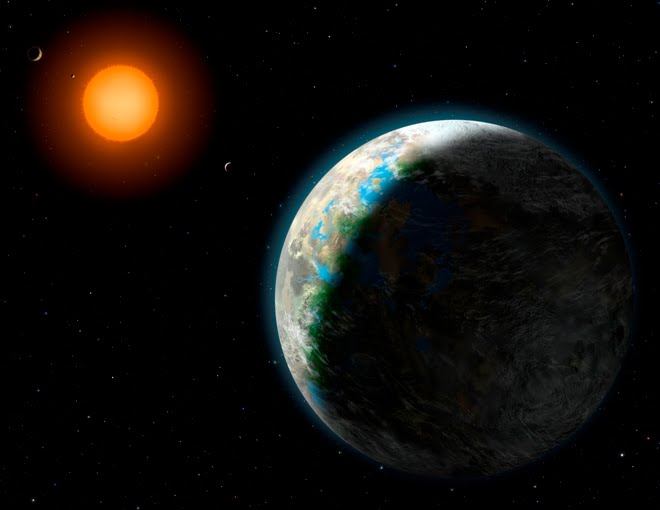
The annual Geminid meteor shower is set to peak after midnight, in the early hours of December 14, 2010. Astronomers are predicting that it will be the best meteor shower of the year, with over 100 blazing meteors streaking through the sky every hour.
Geminid is the only annual meteor shower believed to come from an asteroid-like object, known as 3200 Phaethon, a three-mile-wide space rock discovered by a NASA satellite in 1983. The meteors appear to be falling from the Gemini constellation, which is the reason for its name, so be sure to face northeast for the best views of tonight's spectacle.
Here are some photos of Geminid Meteor Shower from recent years:








